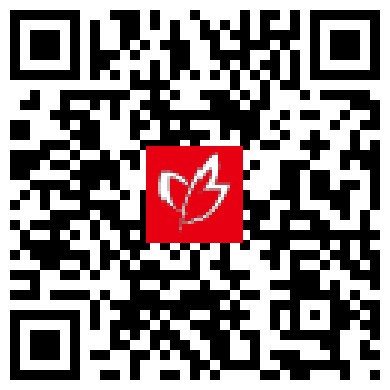
(24-25高二下·江苏徐州·期中)Beneath the quiet surface of a forest lies a busy network scientists call the “Wood Wide Web.” Far from being isolated (孤立的) individuals, trees communicate, share resources, and even send warnings through an underground system of fungi (真菌).
The key players in this hidden conversation are mycorrhizal fungi (菌根真菌). These thread-like organisms connect tree roots, forming vast networks. Research from the University of British Columbia reveals that up to 90% of land plants depend on these fungi. Through this interdependent relationship, trees exchange nutrients like carbon and nitrogen. Older “mother trees” often act as hubs, sending extra sugars to younger saplings struggling in shaded areas — a phenomenon called “forest family connections.”
When under attack, trees release chemical signals. A 2023 study in Nature Ecology & Evolution demonstrate that acacia trees bitten by giraffes produce ethylene (乙烯) gas. Nearby trees pick up these chemical signals from the air within minutes and increase tannin (鞣酸) production, making their leaves bitter and less tasty. Similarly, pine trees attacked by beetles send out warning signals through fungal networks, pushing neighbors to boost defensive resins (树脂).
Not all interactions are cooperative. Some plants, like the ghost orchid (兰花), hack the network to steal nutrients om nearby trees without offering anything in return. Other species, such as black walnut trees, release toxins(毒素) to restrain competitors — a strategy called “biological warfare” by ecologists.
Understanding this “social network” challenges traditional views of forests. Logging dominant mother trees can collapse entire ecosystems, much like removing servers from the internet. Scientists now advocate for selective cutting practices that preserve fungal networks, ensuring forests’ resilience (适应力) against climate change.
As author Peter Wohlleben notes in The Hidden Life of Trees, “Forests are super-organisms with intelligence we’re just beginning to decode.” This silent dialogue beneath our feet reminds us that nature’s deepest conversations often happen without a single word.
137.What method do acacia trees use to warn nearby trees of giraffe feeding?
A.Transmitting electrical signals through roots.
B.Releasing a warning gas into the air.
C.Increasing sugar distribution via fungal networks.
D.Producing defensive resins in bark.
138.What does “biological warfare” refer to in paragraph 4?
A.Using chemicals to kill insects. B.Fighting for sunlight through height.
C.Releasing poisons to contain competitors. D.Stealing nutrients via underground roots.
139.Why should mother trees be preserved according to scientists?
A.They maintain ecosystem stability.
B.They support younger trees with nutrients.
C.They connect the forest’s fungal network.
D.They help forests resist climate change.
140.Which title best summarizes the article’s main idea?
A.Amazing Tree Growth Speed Records B.New Discoveries About Forest Animals
C.Dangerous Chemicals in Forest Plants D.Underground Communication Among Trees
【答案】137.B 138.C 139.A 140.D
【知识点】科普知识 、说明文、植物
该题有详细解析可以查阅1、本网站所提供的信息,只供教育教学参考之用。
2、本网站及其会员一概毋须以任何方式就任何信息传递或传送的失误、不准确或错误对用户或任何其他人士负任何直接或间接的责任。
3、在法律允许的范围内,本网站在此声明,不承担用户或任何人士就使用或未能使用本网站所提供的信息或任何链接或项目所引致的任何直接、间接、附带、从属、特殊、惩罚性或惩戒性的损害赔偿。
4、访问者在从事与本网站相关的所有行为(包括但不限于访问浏览、利用、转载、宣传介绍)时,必须以善意且谨慎的态度行事;访问者不得故意或者过失的损害本网站的各类合法权益,不得利用本网站以任何方式直接或者间接的从事违反中华人民共和国法律、国际公约以及社会公德的行为。对于访问者利用本网站提供的信息而作出的任何决策、决定以及其后果,本网站不承担任何责任
5、本网站图片,文字之类版权,本网站无法鉴别所上传图片或文字的知识版权,如果侵犯,请及时通知我们,本网站将在第一时间及时删除。
6、凡以任何方式登录本网站或直接、间接使用本网站资料者,视为自愿接受本网站声明的约束。
XueXi Design
